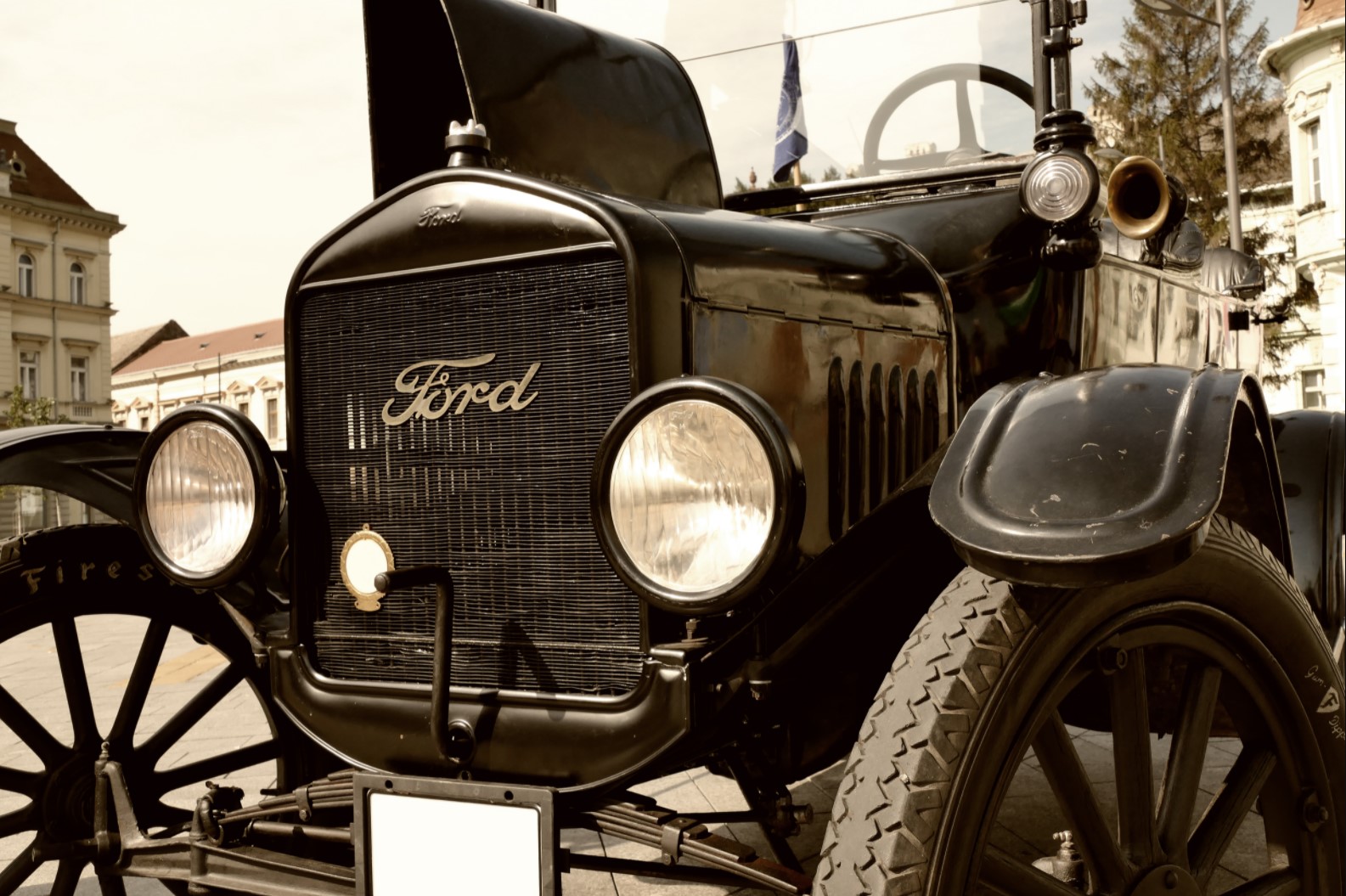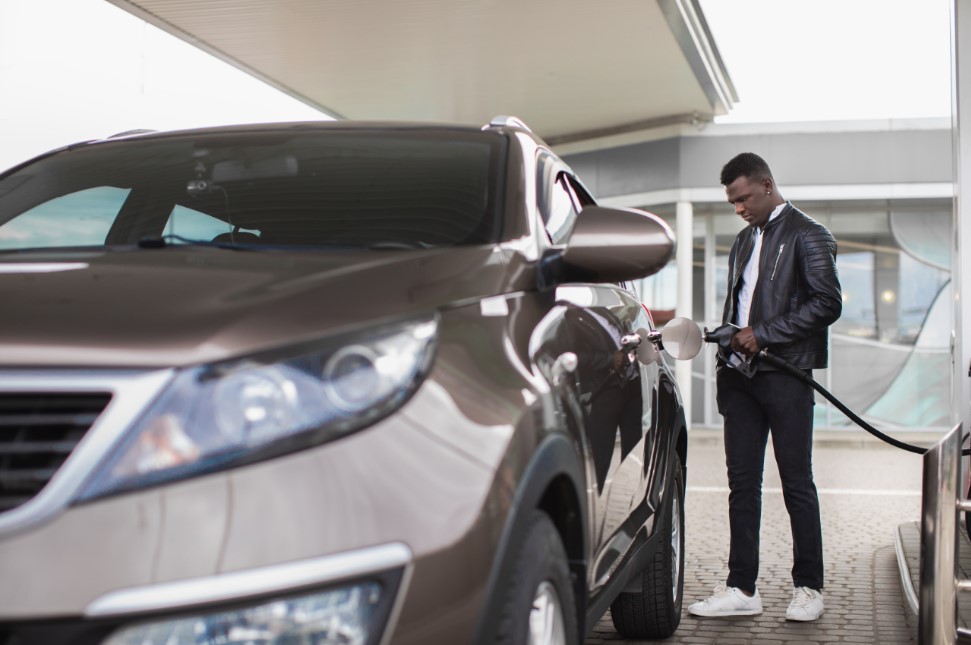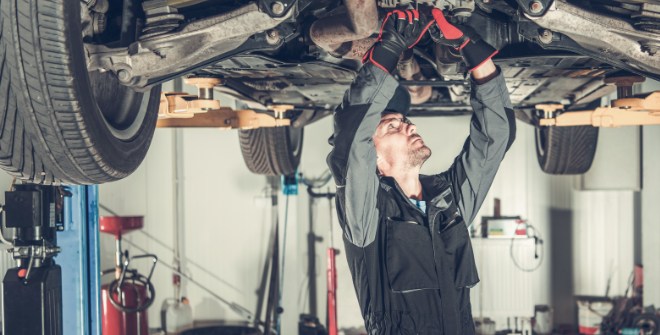Five Technologies That Have Improved the Driving Experience

Cars have become an integral part of our society, but they’ve only been able to do so because of substantial improvements in technology. In their earliest days, cars were useful, but they were slow, unreliable, and extraordinarily dangerous on top of being costly.
The Assembly Line
While working as an engineer for the Edison Illuminating Company of Detroit, Henry Ford pursued his dream of building a car for the common man. However, the hand-building process made them too difficult to produce and thus too expensive for the average person to ever afford. Or at least that was the case until Ford changed the way cars were built—and changed the world at the same time.
Ford developed a simple, inexpensive vehicle and mass-produced them using an assembly line, making him the first car builder to do so. Building vehicles using inexpensive, mass-produced parts and a team of workers brought the price of the Model T down to a point that almost any middle-class family could afford—just $825 (or roughly around $23,000 today). The rest of the automotive industry quickly followed Ford’s business model, and today nearly every car on the planet comes off an assembly line modeled after Ford’s first efforts. Assembly lines have created cars by the thousands that are more consistent, have better quality control standards, and are built with greater precision than any hand-built project could ever hope to achieve.
Independent Suspension
Have you ever tried to ride a bicycle without suspension over a rough surface like a dirt or cobblestone road? You probably remember two things: how difficult it was, and how incredibly uncomfortable you were all along the way. Rough surfaces impact cars the same way: it takes extra effort to travel over these rough surfaces, and the extra bumping would make the experience unpleasant to say the least.
Almost as soon as cars began popping up, so did new technology for giving them shock-dampening suspension. In the 1920s, Leyland Motors used a torsion-bar suspension system that was later improved just a few years later by Lancia Lambda, who created an independent suspension system for all four wheels. Today, nearly every vehicle comes with independent front suspension and most also include independent rear suspension for a smoother and more comfortable ride over just about every surface you’ll come across.
Crumple Zones
Almost as soon as the first car was developed, people started crashing them into things. In fact, there’s a popular (but unproven) story about the only two cars in the entire state of Ohio crashing into each other in 1895. As cars got faster and heavier, these crashes became more dangerous, and more and more people were being killed in crashes while driving cars that simply didn’t have any technology designed to keep them safe in an accident.
Engineer Bela Berenyi knew this and developed early technology for a frame with intentionally-weaker areas designed to collapse and absorb force in an auto accident. Mercedes-Benz was the first to partially implement the idea back in the 1950s, creating a car where the front and rear were soft and would crush on impact while the passenger compartment in the middle of the car would remain rigid and strong. Today, crumple zones are credited with saving countless lives, and are right up there with our next technology as a contender for greatest safety invention in automotive history.
Seatbelts
It may seem crazy to a lot of younger people out there, but the seat belt really isn’t all that old of an invention. After seeing a tremendously high number of head injuries come through his emergency room, Dr. C. Hunter Shelden proposed the idea of a retractable safety belt to the automotive industry in the 1950s. Research carried on and discovered that unlike the common opinion of the day, safety belts actually helped keep people alive in accidents rather than caused their death as so many unresearched and primitive early designs had done.
Starting in the 1950s, several car manufacturers began offering retractable safety belts as options, and Swedish manufacturer Saab became the first brand in the world to offer them as a standard feature in 1958. That same year, the first modern three-point safety belt was patented by Roger W. Griswold and Hugh DeHaven. In 1966, Congress made sweeping changes to the automotive industry with the National Traffic and Motor Vehicle Safety Act, requiring all auto manufacturers to install seatbelts in vehicles. Today, every automobile sold in the United States is required to have approved safety belts installed and all passengers are required to wear them by law in every single state.
Disc Brakes
While cars are designed to propel us forward, we also need something to get them to stop. This is the job of your brakes. While cars have pretty much always had brakes in some form, today the by far the most popular type of brake is the disc brake system—a type of brake that uses hydraulic-actuated calipers to press ceramic pads into a metal disc to create the friction that quickly and safely slows a vehicle down. Disc brakes are strongly preferred because of their incredible stopping power, ability to quickly shed heat, and general dependability in nearly any weather or road condition.
Disc brakes were first developed as far back as the 1890s, but at that time the only readily-available metal was copper, and copper simply overheated and wore out too quickly to be practical as a braking system. Over time, different engineers from Great Britain, Germany, and the United States developed and patented different styles of disc braking for vehicles produced in their respective countries. However, even today many small passenger vehicles still utilize drum brakes on rear axles because they simply don’t need the same stopping power and they’re quite a bit cheaper.
About Christian Brothers Automotive
Christian Brothers Automotive is the name you can turn to for repairs and services that keep your car up and running smoothly. From routine maintenance to repairs for everything from safety equipment to brakes to engine and powertrain components, you can count on our friendly staff of certified technicians to keep your car at its absolute best.
Give your car the best care around by bringing it to Christian Brothers Automotive! Call your local shop to schedule an appointment today.
Posted by, Christian Brothers Automotive


[1].jpg)
sunwash-tech-with-customer.png)

